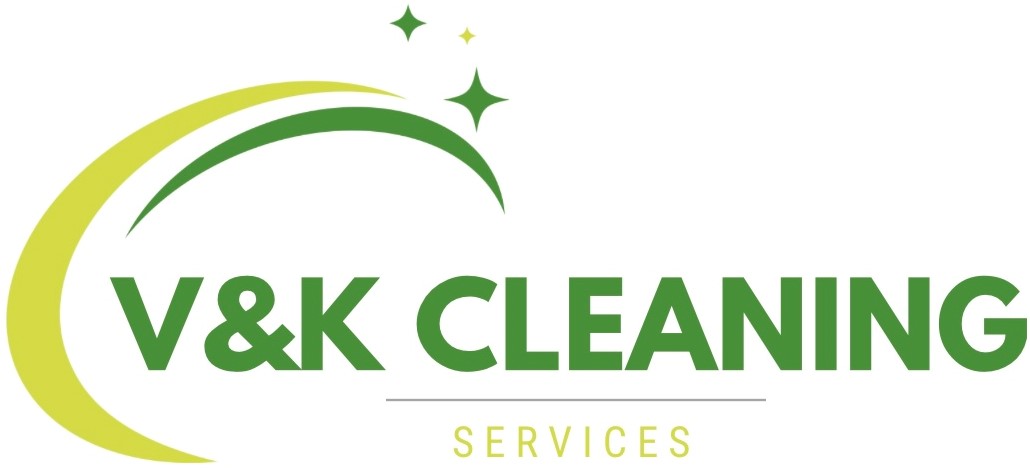A better approach can be to set goals to taper or gradually lower one’s alcohol intake. This strategy may be most appropriate for anyone currently drinking heavily when they seek treatment, such as the chronic severe subtype. The intermediate familial subtype makes up 19% of Americans with alcohol use disorder.
National Institute on Alcohol Abuse and Alcoholism (NIAAA)
Additional alcohol research information and publications are available at Nearly 19 percent of alcoholics in the U.S. fall into the intermediate familial category. Most are middle-aged, began drinking at about 17 and were addicted to alcohol by their early 30s.
How is Alcohol Made? — The Fermentation Process
That’s exactly what happened to ABC news anchor Elizabeth Vargas, a functional alcoholic who sought treatment for an alcohol addiction in 2014 after years of trying to hide her drinking. Of the alcoholism subtypes, functional individuals are less likely to relapse. Functional alcoholics have an average household income of almost $60,000 and the lowest rates of legal issues. In addition, 17% seek substance addiction treatment at private facilities. In the U.S., the young adult alcoholic subtype comprises 31.5% of all alcoholics. This demographic’s average age is 24, with most being male, single, still in school, and with family histories of alcoholism.
List of alcoholic drinks
The best way to find a successful treatment program is to understand alcohol issues in-depth. In the U.S., the intermediate familial alcoholic subtype comprises 19% of all alcoholics. Intermediate familial alcoholics are similar to functional ones but are more likely born with a genetic predisposition to alcoholism. While functional alcoholics may not binge drink, they do drink more alcohol than the average person. In the U.S., the young antisocial subtype comprises 21% of all alcoholics.
- These centers provide structured environments with therapeutic activities, counseling, and group therapy.
- This area of the brain involves a person’s decision-making and time-management skills.
- For example, they led to the identification of important defining characteristics of alcoholic subtypes, such as family history, psychopathology, drinking patterns, personality factors, and physical consequences.
- The majority smoke, and many use other drugs, including marijuana, cocaine and opioids.
Additionally, seeking treatment in a rehabilitation center can also be helpful in reducing harmful drinking. These centers provide structured environments with therapeutic activities, counseling, and group therapy. The ultimate goal of rehab is to help the individual gain the tools they need to overcome their addiction and continue the recovery journey after they leave the rehab facility. Examples of high-risk drinking include engaging in activities like excessive partying, drinking and driving, or drinking in dangerous situations. This type of drinking is often considered problematic due to the substantial risks it poses to the individual and those around them. Stress drinkers turn to alcohol as a coping mechanism for stress or negative emotions.
They’re a combination of a distilled spirit and some type of soft drink (soda, fruit juice, milk, etc.) to dilute their strength. They’re made ‘ready to drink,’ hence also known as ‘RTDs,’ and they usually sit between the 4-7% ABV mark. As discussed above, distilled beverages are fermented beverages made stronger by running them through a distillation process. As a result, they have a higher percentage of alcohol and are usually mixed with soft drinks, fruit juices, water, or made into cocktails to make them more palatable. With an understanding of fermentation and distillation, let’s get to the different types of alcoholic drinks. The survey also included responses from individuals in treatment as well as those not seeking treatment.
Often, they don’t seek help for their drinking until they experience significant health problems. The smallest subtype is chronic severe alcohol use disorder, comprising only 9% of Americans with AUD. are all toads poisonous They are mostly middle-aged with high rates of co-occurring disorders including antisocial personality disorder. This group also has the highest likelihood of a family history of alcohol use disorder.
It is produced synthetically by a multi-step process involving natural gas and steam reforming. Yes, believe it or not, that little bottle of cocktail bitters we bartenders use to flavor cocktails contains alcohol. Cocktail bitters are made from spirits and various herbs, spices, and botanicals. Fortified wine could have made the “others” list, but I chose to include it in the wine section. If you want to learn more about the different types of liquor, you can check out this article here. The difference between Mezcal and Tequila primarily comes down to the type of agave used, the region produced, and the distillation process.
The number of times an individual answers “yes” to one of those questions helps to determine the severity level — mild (2–3 criteria), moderate (4–5 criteria), or severe (6 or more criteria). The severity of your withdrawal symptoms john joseph kelly amy carter depends on how long you’ve been abusing alcohol. If you or someone you know is experiencing alcohol withdrawal, seek medical attention immediately. BetterHelp offers affordable mental health care via phone, video, or live-chat.
Nearly 50 percent of intermediate familial alcoholics have a family history of alcoholism. In many countries, alcoholism emerged as a major public health problem during the 19th century, just when medicine and psychiatry were developing mary jane drugs as modern professional guilds. Thus, it is no coincidence that some of the leading physicians in countries such as France, England, Germany, and the United States devoted considerable attention to studying alcoholism.
Babor and colleagues (1992) based their typology on the assumption that the heterogeneity among alcoholics is attributable to a complex interaction among genetic, biological, psychological, and sociocultural factors. Consequently, no single characteristic distinguishes alcoholics from non-alcoholics, and separate homogeneous subtypes differ by more than just one defining characteristic. The researchers therefore reviewed the alcoholism typology literature since the mid-19th century to identify defining typological characteristics that combined could accurately describe alcoholic subtypes. Using cluster analysis, the investigators identified two types of alcoholics who differ consistently across 17 defining characteristics, including age of onset, severity of dependence, and family history of alcoholism. The two types also differ with respect to treatment outcome, with type B alcoholics more likely to relapse to heavy drinking. Some young people may not realize that the number of drinks they consume at social events qualifies as alcohol misuse since it has been normalized in their social circle.
They might enjoy a few drinks at a party or have a glass of wine with dinner but are able to stop drinking once they have reached their desired level of intoxication. Social drinkers can easily balance their drinking with other activities and responsibilities and do not typically experience negative consequences due to their drinking. Although you may suspect that you or someone you love may need help with alcohol use disorder, you might not think you need a treatment program to reduce drinking. Some people can quit cold turkey or taper their alcohol consumption without much difficulty. This is more likely if someone engages in alcohol misuse but hasn’t developed a dependence or addiction.
About 27 percent of intermediate familial alcoholics have ever sought help for their drinking. When they do seek help, most go to self-help groups, specialty treatment programs, detox programs, and private healthcare providers. About 17 percent of functional alcoholics have ever sought help for their alcohol dependence. They typically participate in 12-Step groups or are treated by private healthcare professionals. About one-third of young antisocial alcoholics seek treatment for alcohol addiction.


